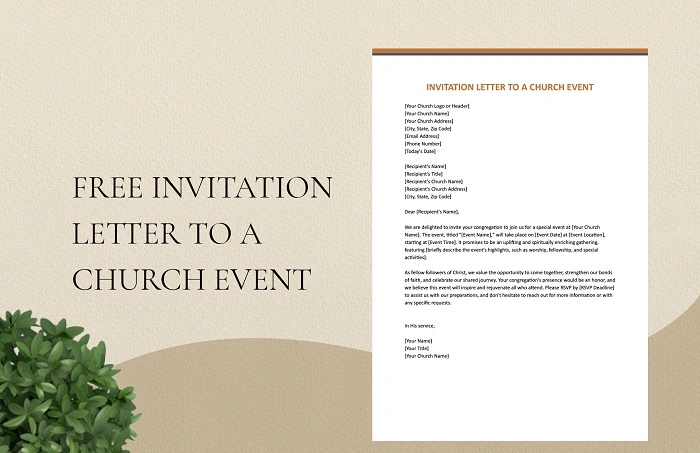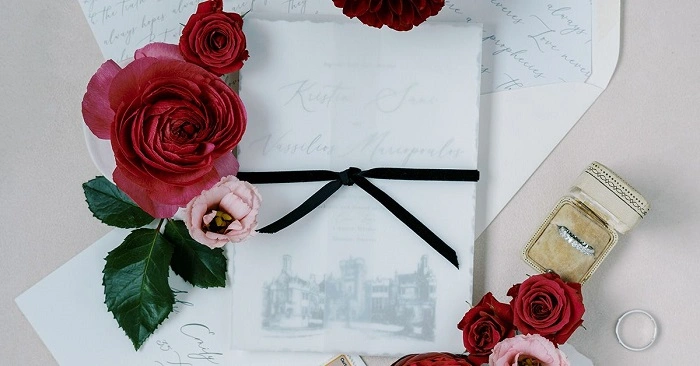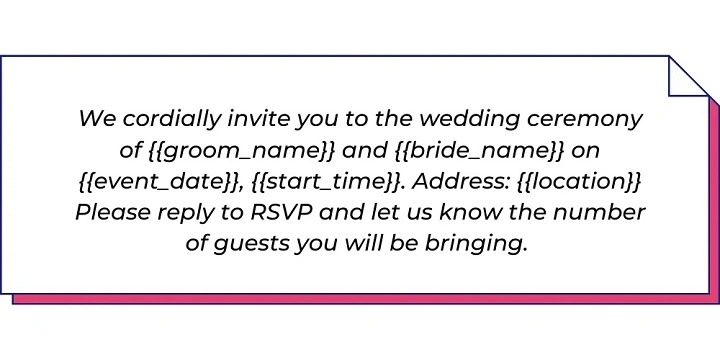The tone of any gathering is largely influenced by an invitation statement. The first impression you make for your guests—whether planning a birthday, wedding, business conference, or laid-back get-together—is the invitation wording. It should express the essence of the event in addition to presenting the specifics precisely. This page offers ideas and guidelines for creating the ideal invitation statement for any kind of event.
Value of an Invitation Letter

Invitations represent the attitude of the event and the host’s character, not only formality. A well-written invitation statement can generate buzz and expectation, therefore guaranteeing the success of your event. Whether it’s a formal invitation or a laid-back friendly note, the wording should really reflect the nature of the occasion.
Clearance is Essential
A good invitation letter is succinct and unambiguous. It ought to include all the required information without overwhelming the receiver. Important information consists of the date, time, location, dress code (if any), and RSVP information of the event.
“A well-written invitation message guarantees that your guests have all the information they need and defines the tone for your event.”
Tone Counts
The kind of event will determine the tone of your invitation letter. A formal affair calls for a professional and courteous tone; a casual gathering might be more laid back and pleasant. Make sure your message’s tone fits the occasion.
Essential Components of a Letter of Invitation
Though the specifics may change based on the kind of event, every invitation message should have key information. The basic elements to incorporate are listed below:
1. Event Information
Start by giving the event’s details—that is, the date, time, and venue. Of the invitation, this is the most crucial component.
- Date: Indicate exactly when the event is scheduled.
- Time: Add the event’s commencement time.
- Location: If necessary, mention the venue and any other directions along with the complete address.
2. Goals of the Event
Describe the cause of the incident. Are you marking a birthday, introducing a product, or organizing a business networking conference? Specify the goal precisely.
3. RSVP Details
Add RSVP directions so visitors know when and how to verify their attendance. You might offer a link to an online RSVP form, phone number, or email address.
4. Extra Notes
If relevant, provide any other pertinent information such as a request for a gift, parking directions, or dress code. Including additional information like the dress code will enable attendees of formal events to be more prepared.
5. Friendly and Inviting Language
Make sure your invitation message comes out friendly. Share your enthusiasm for the event and show your visitors that their presence means something to you.
Various Occasion Invitation Messages: Examples
The kind of event will affect the tone and style of the invitation message. These are some samples for several events below:
Message for the Wedding Invitation
“We kindly invite you to [Venue]’s celebration of our wedding on [Date]. Come along as we begin our new road trip together. Please RSVP through [Date]. We really appreciate your presence!”
Messages of Birthday Invitation
“It’s time to rejoice! Come celebrate [Name]’s birthday at [Venue] [Date]. Surprises, lots of food, and entertainment will abound. Kindly RSVP by [Date]. We really want to see you there!”
Corporate Event Invitation Letter
“You are kindly welcomed to the [Event Name] at [Location] on [Date]. This presents an excellent chance for networking and industry leader learning. Verify your attendance by [RSVP Date].”
Message of Casual Party Invitation
“Let’s spend tonight to remember. On [Date] at [Venue], come see us for an evening of music, food, and great company. RSVP by [Date] so we know you’re on your way!”
Invitation Letter from the Graduation Party
“I completed it! Come celebrate my graduation on [Date] at [Venue]. Come savor some outstanding cuisine and partake in this unique time. RSVP via [Date]. See you then!”
Strategies for Creating the Ideal Invitation Message

Although the fundamental elements of an invitation message are important, the following ideas will improve your message and make it unique:
Be Explicit but Short
Though brief, keep your message thorough. Steer clear of extended paragraphs and aim for direct pointiness. A fast reading will be appreciated by guests, thus you won’t lose their interest.
Personalize the Message
The invitation message will be more unforgettable if one gives it a personal touch. If it’s a wedding, for instance, you might say how glad you are to celebrate the event with particular people in your life. Your guests will feel unique thanks to personalization.
Select the Correct Platform
Think on the venue you will utilize when distributing invitations. Printed invites could be suitable for formal events. Digital invitations sent via email or social media could be more successful for laid-back events.
Write in Correct Formatting
Presentation counts even in the digital era. Make sure your invitation has proper formatting and simple reading ability. For an email, for example, ensure the text is correctly aligned and the font size is readable.
Follow-Up
Follow up on your invitation as needed. A follow-up note might help verify attendance for formal occasions or when several people are invited.
Best Techniques for Invite Messages
A solid invitation message is a tool that helps create the conditions for a great event, not only a series of facts. These are some excellent practices:
Verify the Specifics Twice-Fold
Make sure all information—including the date, time, and location—is accurate before extending any invitations. A small error in these elements could confuse and trouble your visitors.
Add a Little Creativity
If the occasion lets you be creative, feel free to include some lighthearted or clever bits to your message. For a themed party, for example, you might incorporate a memorable slogan connected to the theme.
Speak Clearly and Engagingly
Your language should be inviting, simple, and interesting. Steer clear of too formal or complex language since it may put off your visitors.
FAQs
1. How would I create a formal event’s invitation message?
Use courteous and business language at official occasions. Clearly mention the date, time, place, and goal of the event; ask for an RSVP.
2. Should I mention the dress code in the invitation?
Indeed, it’s crucial to mention any specific dress code for the event so your attendees know what to wear.
3. Could I use social media to distribute invites?
Indeed, especially for informal parties, sending invitation messages via social media channels can be a quick and easy approach.
4. When ought one to send an invitation?
Particularly for formal or big gatherings, send invites at least two to three weeks in advance to allow attendees enough time to RSVP.
5. How might I differentiate my invitation?
Speak clearly and attractively; personalize the message; and think about adding artistic elements connected to the theme of the event.

